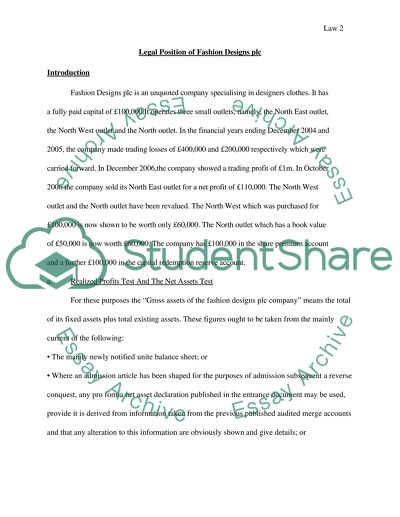Cite this document
(“Legal Position Of Fashion Designs Plc Assignment”, n.d.)
Legal Position Of Fashion Designs Plc Assignment. Retrieved from https://studentshare.org/law/1516360-legal-position-of-fashion-designs-plc
Legal Position Of Fashion Designs Plc Assignment. Retrieved from https://studentshare.org/law/1516360-legal-position-of-fashion-designs-plc
(Legal Position Of Fashion Designs Plc Assignment)
Legal Position Of Fashion Designs Plc Assignment. https://studentshare.org/law/1516360-legal-position-of-fashion-designs-plc.
Legal Position Of Fashion Designs Plc Assignment. https://studentshare.org/law/1516360-legal-position-of-fashion-designs-plc.
“Legal Position Of Fashion Designs Plc Assignment”, n.d. https://studentshare.org/law/1516360-legal-position-of-fashion-designs-plc.


